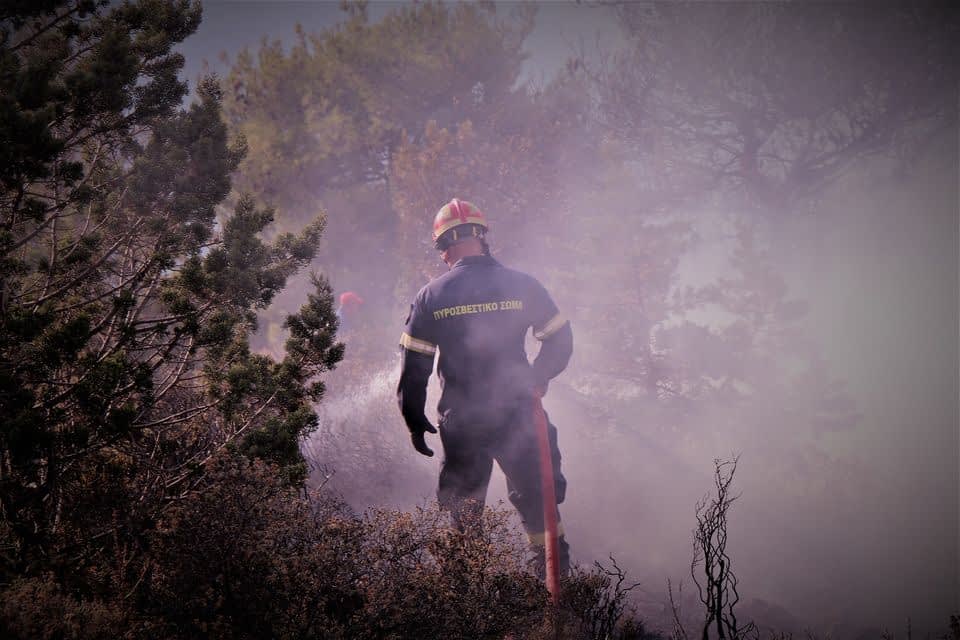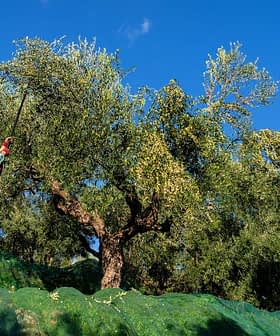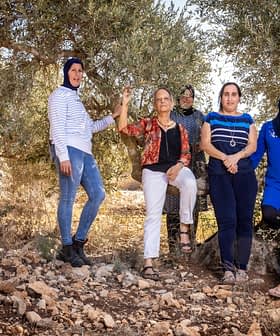Dozens of wildfires have erupted in Greece in the past week in a pattern that alarmingly resembles the destructive fires that hit the country almost a year ago.
The Achaia and Argolida regions in the Peloponnese, the island of Zakynthos in the Ionian Sea and Mount Athos in the north were among the areas of the country struck by the rampant wildfires.
The fire dealt a major blow to other producers who had suffered severe damage in the 2013 fire. Their decade-long struggle to revive their olive groves has been rendered futile with the new disaster.
In the province of Fokida in central Greece, a blaze tore through the country’s oldest and largest continuously cultivated olive grove comprised of around 1.2 million olive trees.
Fanned by strong winds, the fire split into three fronts, razing large swathes of agricultural land, including thousands of olive trees. More than 150 firefighters backed by 11 water-bombing aircraft and seven helicopters battled to contain the fire, the Athens-Macedonian News Agency reported.
See Also:Wildfires Are Becoming More Frequent and Intense Globally, Researchers Find“The fire broke out near the settlement of Sernikaki, the same spot as in 2013,” Panayiotis Delis, an olive producer who participated with other local farmers in the operations to hold back the blaze, told Olive Oil Times.
“There are some groves left unattended there which are prone to catching fire,” he added. “We had strong winds at the time, and the fire spread quickly, but we all mobilized immediately to douse the flames along with the firefighters.”
“There are thousands of centenarian olive trees in the area; some even stand there for millennia, with hollow trunks with the fire burning inside the tree making it extremely difficult to put out,” Delis continued. “A nearby convent was evacuated. However, the olive packaging facilities that operate in the area were not threatened by the fire.”
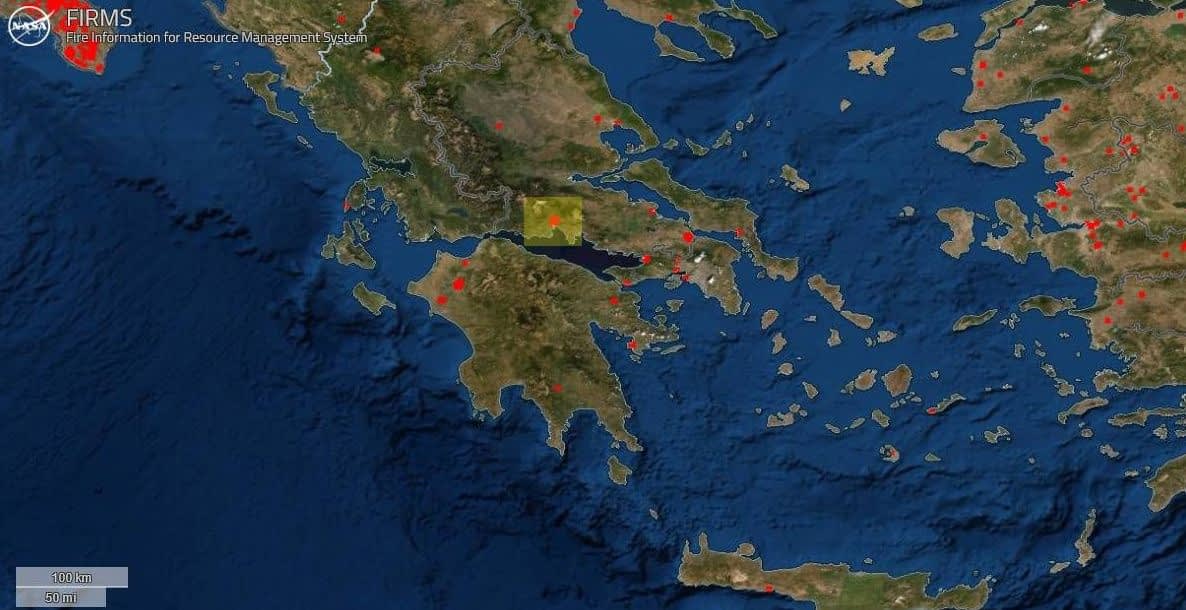
Amfissa fire (Photo: NASA)
The Amfissa olive grove stretches from the city of Amfissa to the coastal town of Itea at the Gulf of Corinth, which separates the Peloponnese peninsula from western mainland Greece.
The grove consists mainly of trees of edible olive varieties including the local Protected Designation of Origin-certified Konservolia Amfissis, which produces large and round, fleshy olive drupes that can remain in brine for a long time without degrading.
Olive cultivation in the area is primarily favored by the warm and relatively dry microclimate, which suppresses any severe manifestations of the olive fruit fly, a significant pest.
The Amfissa olive grove is characteristic of the Delphi landscape, where the homonymous archaeological site of the temple and oracle of Apollo stand, a UNESCO World Heritage Site since 1987.
According to the European Union’s Copernicus Emergency Management System, the fire consumed a total of 1,127 hectares in the broader area.
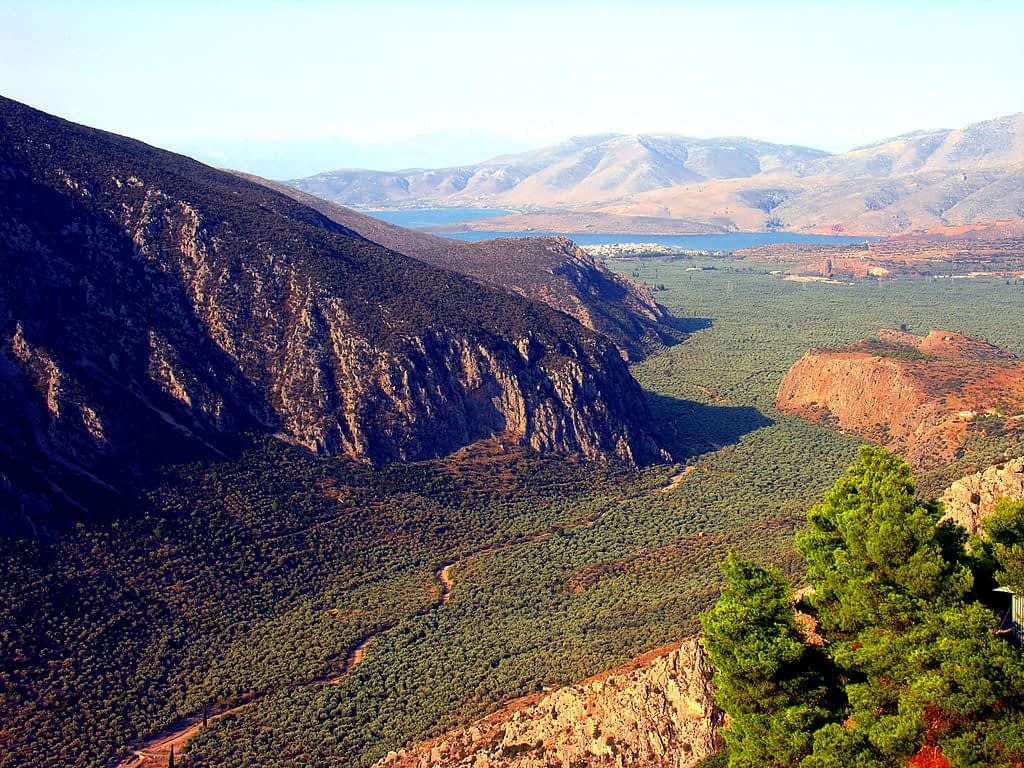
View of the Amfissa olive grove (Photo: Dennis Jarvis via Wikimedia Commons)
Local officials estimated that roughly 30,000 to 40,000 thousand olive trees of the Amfissa olive grove were damaged or turned to ashes.
“There are some small fire hotspots still burning that will be soon put out,” said Panayiotis Tagkalis, the mayor of Delphi. “However, the wounds from yet another fire that hit our traditional olive grove will remain unhealed.”
Previously, the Amfissa olive groves burned in 2013 when a blaze ravaged 4,000 hectares of land and destroyed 50,000 olive trees.
Delis conveyed a difficult situation for many local farmers who depend solely on olive production for income.
“Agriculture in our area is almost exclusively olive-based,” he said. “My olive trees near the Chrisso village were not impacted, but the fire dealt a major blow to other producers who had suffered severe damages in the 2013 fire. Their decade-long struggle to revive their olive groves has been rendered futile with the new disaster.”

